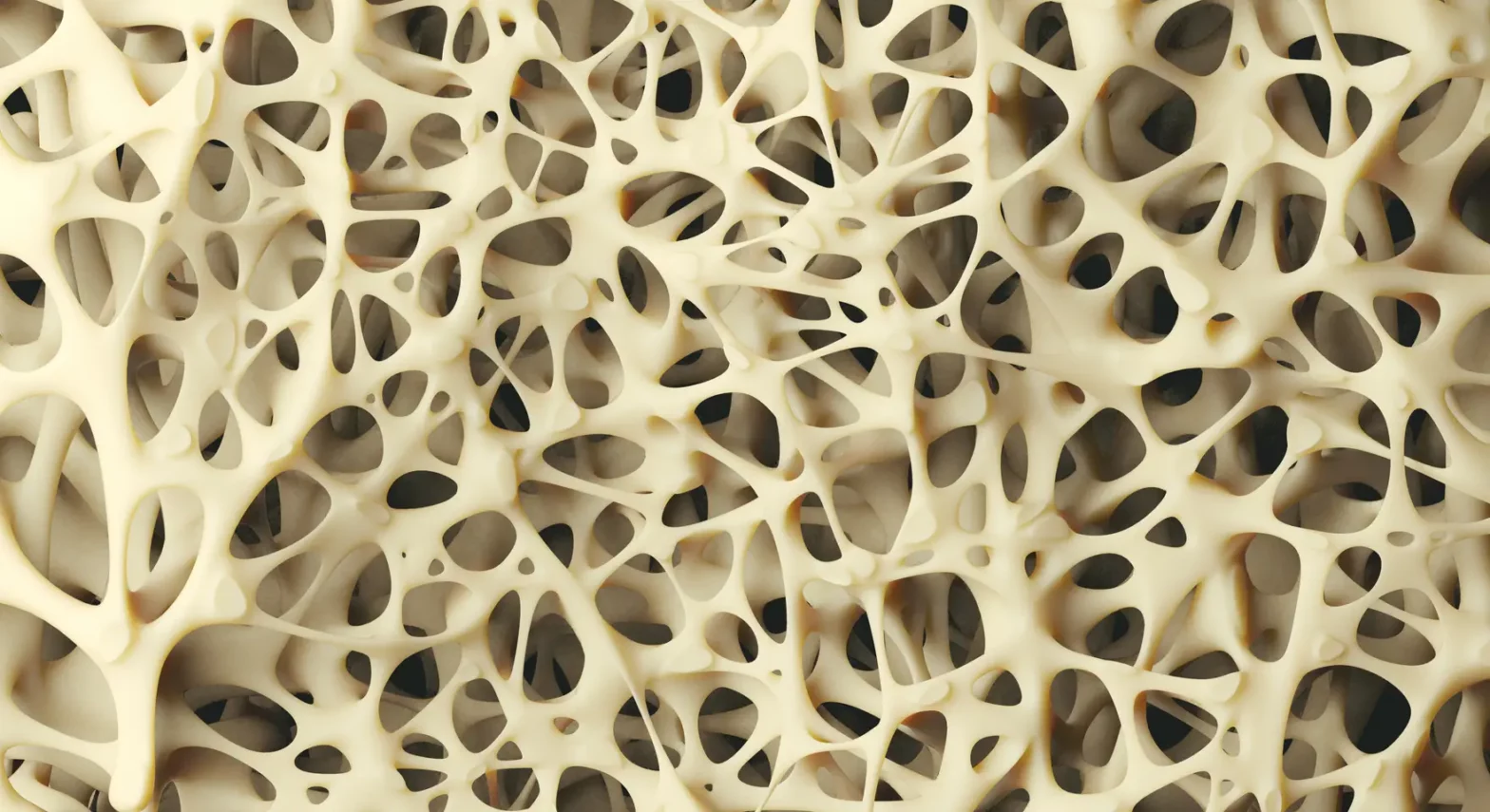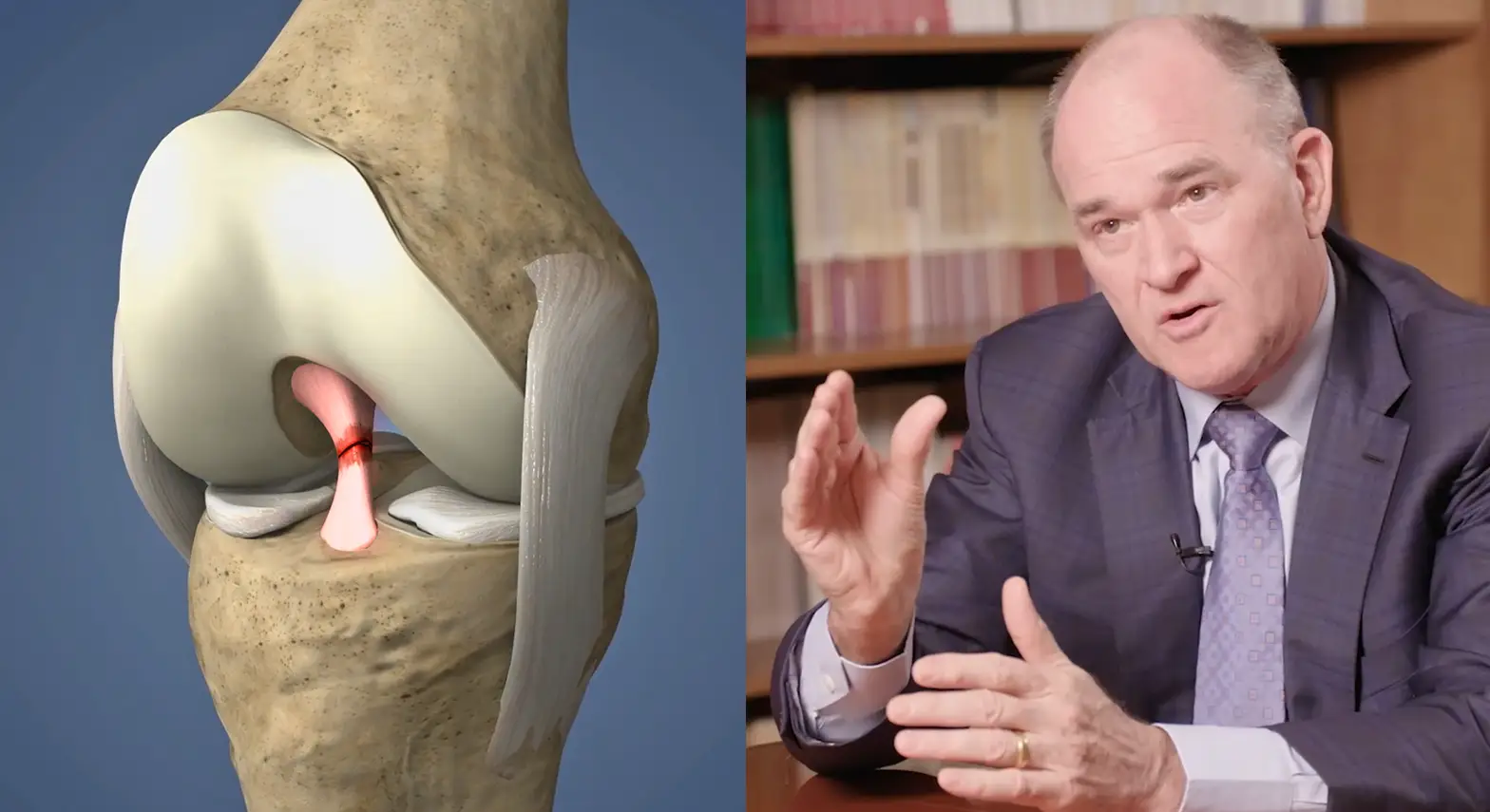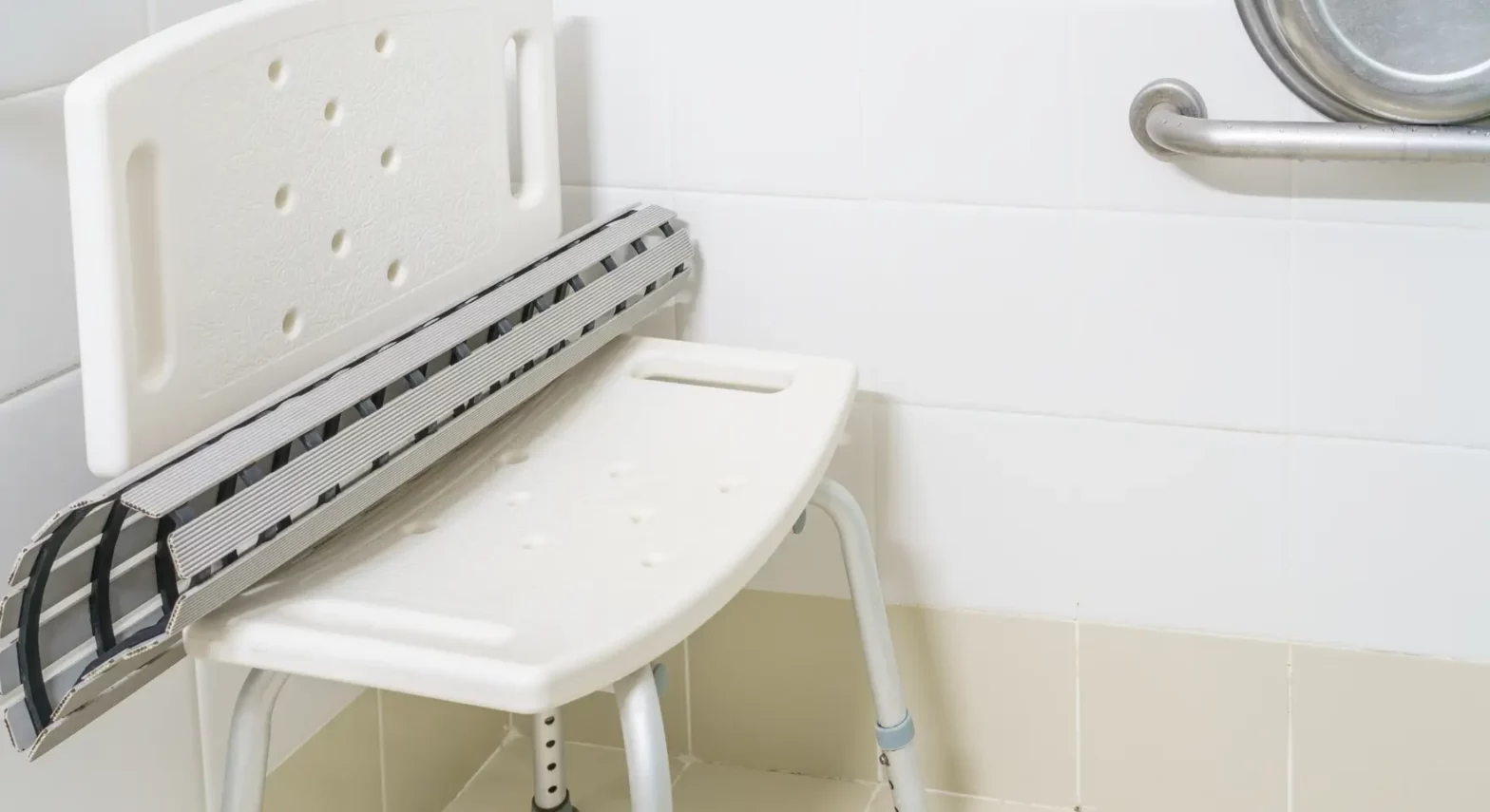May 31st, 2023
What is Allograft Tissue and is it Safe?

Allograft tissue is a remarkable and well-supported medical advancement in the healthcare industry. While it has been used in common surgeries for many years, most patients are unfamiliar with it. It is crucial for individuals undergoing orthopedic procedures involving allograft tissue to understand its nature, application, and any associated risks.
The Basics
Allograft refers to any tissue, bone, or bodily material obtained from a deceased donor’s body and transplanted into another person’s body. Typically referred to as allograft tissue, it is used in cosmetic and dental procedures, as well as surgeries involving the heart, brain, and orthopedic structures such as bones, muscles, ligaments, tendons, and cartilage. In the United States, approximately 1.5 million orthopedic procedures employ allografts each year[1]. Common procedures using allografts include patellar and Achilles tendon repairs[2].
Allograft vs Autograft
It is important not to confuse allografts with autografts, which involve transferring bone, tissue, cartilage, or other bodily materials from one part of a person’s body to another. Autografts reduce the risk of material rejection or disease transmission since the tissue originates from the patient’s own body. Additionally, autografts are more cost-effective since no external sources are required. Although using one’s own materials may seem ideal, it is not always feasible.
Autografts necessitate two surgical sites, one for harvesting the material and another for transplanting it. This increases the risk of infection and extends recovery time. Autografts may not be suitable for older adults or individuals with multiple medical conditions. If part of a tendon is removed, patients may also need time to regain strength in the affected body part post-surgery.
Safety
Patients undergoing allograft procedures experience shorter surgery times and smaller incisions compared to other procedures. Although all surgeries carry inherent risks, allograft surgery does not entail any significant risks beyond those associated with general surgery. The bodily material is sterilized after retrieval, and surgeons follow strict processes to preserve its integrity. Consequently, orthopedic surgeries employing allografts are considered very safe.
The risk of infection from allograft surgery is extremely low, at approximately 1 in 120,000 or 0.00083%[2]. This statistic is significantly smaller than the risk of surgical site infection (SSI) in standard procedures, which ranges from 5% to 20%[3]. Another potential risk of allograft surgery is transplant rejection. The most common complication associated with allografts in orthopedic bone surgeries is allograft fracture. The risk of allograft fractures varies between 10%[4] and 16%[5], depending on the specific procedure.
If your surgeon is considering allografts or autografts for your procedure, it is essential to address any concerns you may have. Surgeons specializing in these areas have extensive experience and can provide explanations and guidance to help you make an informed decision based on your medical needs.
Find an Orthopedic Doctor in Your Area





